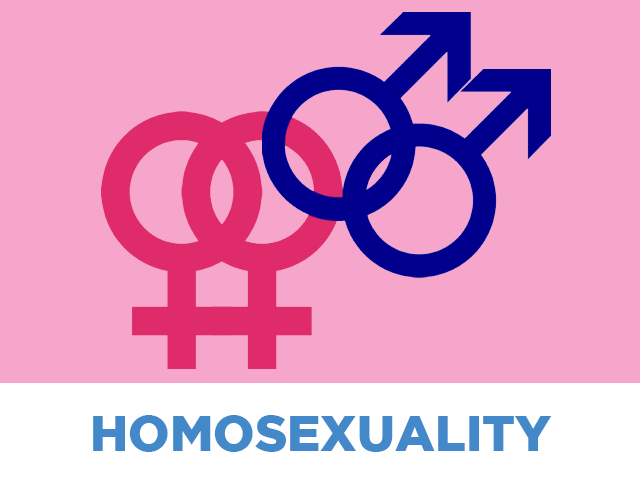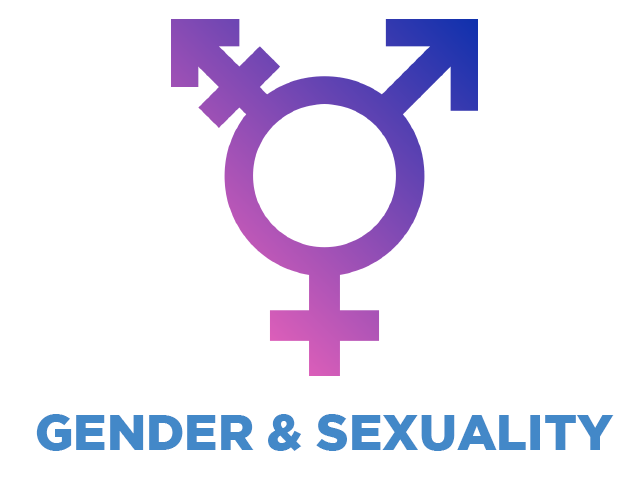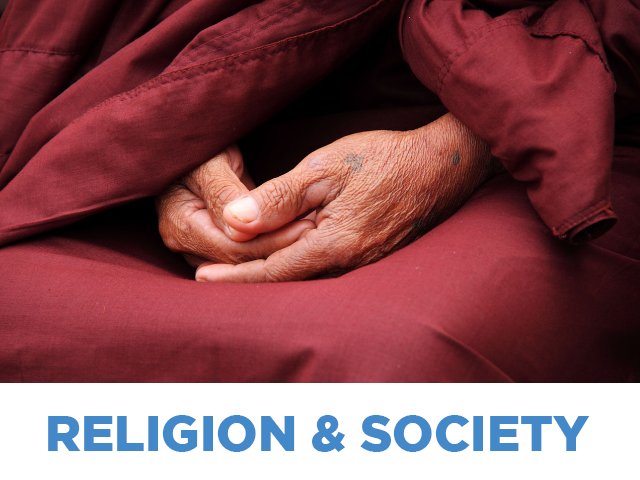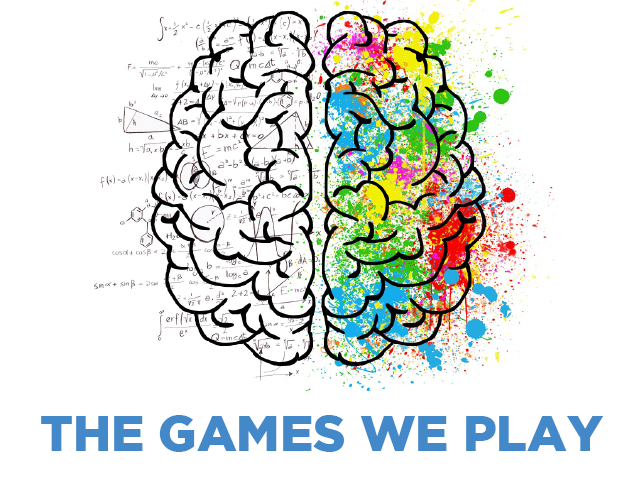

In gay affirming countries, suicidality remains multiple times higher amongst LGBT people than heterosexual people. “It’s clear that people are not lowering their suicidality or other associated risks when stigma and victimization are lessened.”
A 2013 survey of over 3,000 adolescents in San Francisco schools found
- suicide attempt rates for LGBT Middle School students were 33% compared to 6% for heterosexual students
- for LGBT high school students, it was a little over double the amount of suicides, 17% compared to 8%.”
As regards the Netherlands, in the abstract of the 2013 ‘Dutch Paradox’ study, the authors state:-
“Despite the Netherlands' reputation as a world leader with respect to gay rights, homosexual Dutch men have much higher rates of mood disorders, anxiety disorders and suicide attempts than heterosexual Dutch men. Epidemiologists report similar disparities elsewhere in Western Europe and North America… In the Netherlands - considered a model for gay equality - how can one understand high rates of psychiatric disorders among gay men?”
As Dirks puts it:-
“The stigma/risk theory that your educators are tied intrinsically to, they bought it hook line & sinker, it doesn’t hold water. The best data shows that it simply is not true.”

Despite the Netherlands' reputation as a world leader with respect to gay rights, homosexual Dutch men have much higher rates of mood disorders, anxiety disorders and suicide attempts than heterosexual Dutch men. Epidemiologists report similar disparities elsewhere in Western Europe and North America. These findings have been the focus of a blossoming psychological literature, inspired by minority stress theory and deploying quantitative methods. Our investigation aims to complement this body of work by adopting an ethnographic approach. Drawing from fieldwork conducted in the Netherlands from 2009 to 2010, we explore sociocultural and contextual factors that have received relatively little attention with respect to gay mental health. In the Netherlands - considered a model for gay equality - how can one understand high rates of psychiatric disorders among gay men? This study points to heteronormativity, complex dynamics involving long-term relationships and processes within gay subcultures as key issues. Notwithstanding their putative socioeconomic, legal and political equality, gay men struggled - at various stages of the life cycle - with internalised norms that they found difficult to fulfil. The desire to embody these ideals, and structural constraints in meeting them, could be potent sources of disappointment and distress.
Transcript of Gay and Transgender Research by Paul Dirks





